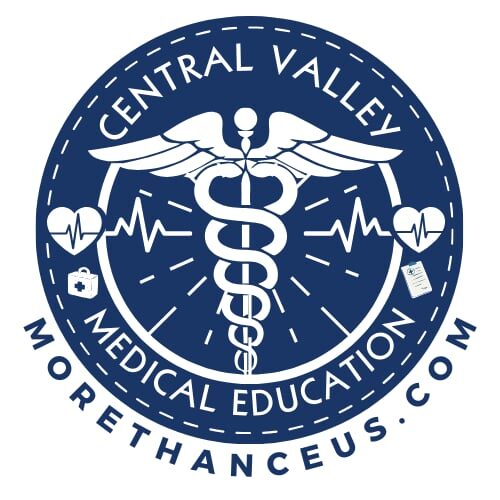Immediate Actions After a Needlestick
The moments immediately following a needlestick or sharps injury are critical for infection prevention, legal documentation, and long-term health outcomes. Every second counts. The faster and more thoroughly the injury is addressed, the lower the risk of disease transmission and complications.
This topic outlines the three essential steps every healthcare worker should follow after a suspected exposure: clean the site, report the incident, and seek medical triage.
🧼 1. Wash the Area Thoroughly
- Do not panic, but act quickly.
- If the injury is to the skin:
- Wash the area with soap and water immediately.
- Avoid scrubbing the wound aggressively.
- Do not use bleach, alcohol, or harsh antiseptics — they may cause tissue damage and do not reduce viral load.
- For mucous membrane exposure (e.g., eyes, mouth):
- Rinse with copious amounts of clean water or saline for at least 15 minutes.
Washing does not sterilize the wound, but helps remove surface contaminants and lowers pathogen burden.
📝 2. Report the Incident Immediately
- Notify your supervisor or charge nurse right away.
- Complete an incident or exposure report through your facility’s official reporting system.
- Even if the injury seems minor or there’s no visible blood, it must be reported.
- Reporting is required for:
- OSHA compliance
- Workers’ compensation eligibility
- Initiating source-patient testing
- Ensuring post-exposure follow-up and documentation
Note: Failure to report within the same shift may disqualify the injured worker from receiving appropriate follow-up or coverage.
🏥 3. Seek Prompt Medical Evaluation (Triage)
- Go to Employee Health, Occupational Health, or the Emergency Department based on your facility’s policy.
- Triage typically includes:
- A detailed injury assessment
- Lab testing for both the employee and the source patient (if known)
- Risk stratification (e.g., was the source known to be HIV+, HBV+, HCV+?)
- Consideration of post-exposure prophylaxis (PEP) for HIV if exposure is high-risk
- Evaluation for Hepatitis B vaccination status and need for HBIG
⏱️ Time-Sensitive Considerations:
| Action | Time Frame |
| Wash wound | Immediately (within 30 seconds) |
| Report incident | Within same shift (preferably within 1 hour) |
| Begin PEP (if indicated) | Within 2 hours (ideally), max 72 hours |
📣 Don’t Delay
Many healthcare workers hesitate to report needlestick injuries out of fear, embarrassment, or inconvenience. This leads to delayed care, missed treatment windows, and underreporting, which compromises both staff health and institutional safety efforts.
Remember: You are never “bothering” anyone by protecting your health.
🧠 Key Takeaways:
- Immediate action dramatically reduces the risk of infection and ensures proper care.
- Reporting is required, protects your rights, and enables follow-up.
- Early triage may determine whether lifesaving post-exposure medications are offered.
